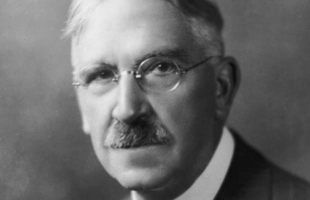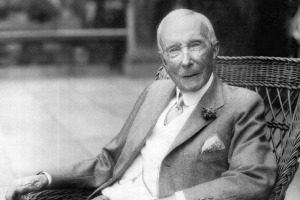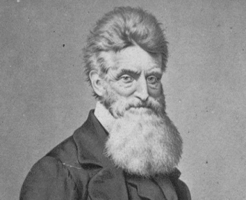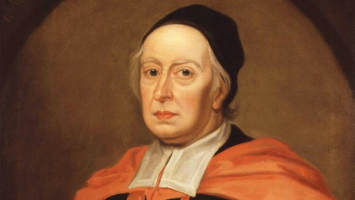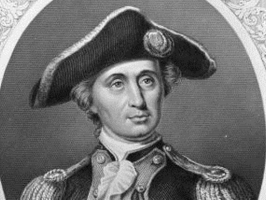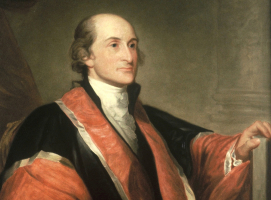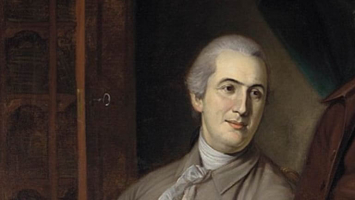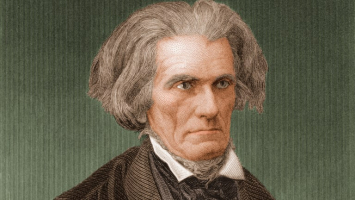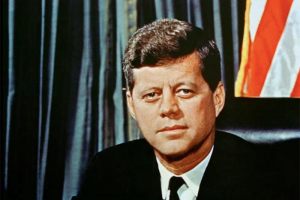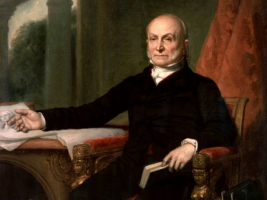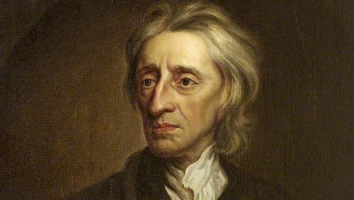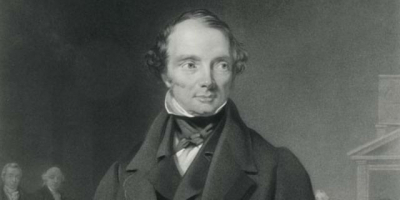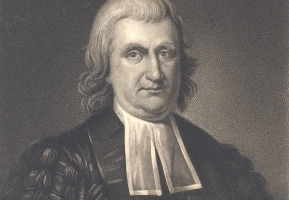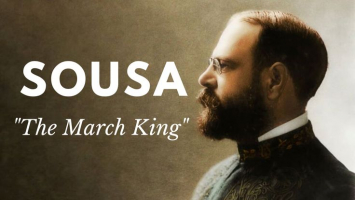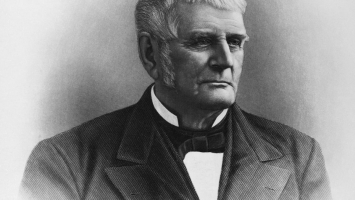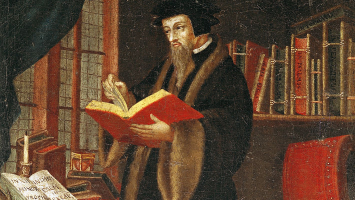Top 7 Interesting Facts about John Nash
John Nash is a well-known figure to many of us as the brilliant mathematician whose biography served as the basis for the film A Beautiful Mind. He made ... read more...significant contributions to differential geometry, partial differential equations, and game theory. Nash's theories have been used in numerous domains and have improved our understanding of chance and decision-making. His work made a significant contribution to the modernization of mathematics and economics. What more do we know about this amazing man, though? Discover seven interesting facts about John Nash by reading on.
-
John Nash, full name John Forbes Nash, Jr., was an American mathematician who received the 1994 Nobel Prize in Economics for his seminal work on the mathematics of game theory. He was born on June 13, 1928, in Bluefield, West Virginia, and passed away on May 23, 2015, close to Monroe Township, New Jersey. Along with Reinhard Selten and John C. Harsanyi, he received the honor. In recognition of his contributions to the field of partial differential equations, Nash shared the 2015 Abel Prize with Louis Nirenberg.
Nash started exhibiting his enthusiasm for mathematics at the age of just 14. He studied ET. 'The Men of Mathematics' by Bell to learn about renowned mathematicians throughout time. It is believed that this motivated him to choose mathematics as his area of specialization.
At Pittsburgh's Carnegie Institute of Technology (now Carnegie Mellon University), Nash initially chose to major in chemical engineering before switching to chemistry and then mathematics, where he eventually earned both a bachelor's and a master's degree in 1948. At the age of 22, he finished his doctorate at Princeton University. He started working as a professor at the Massachusetts Institute of Technology (MIT) in 1951 and focused on partial differential equations. After episodes of mental illness, he left his position in the late 1950s. He subsequently started a casual relationship with Princeton, where he eventually rose to the position of senior research mathematician in 1995.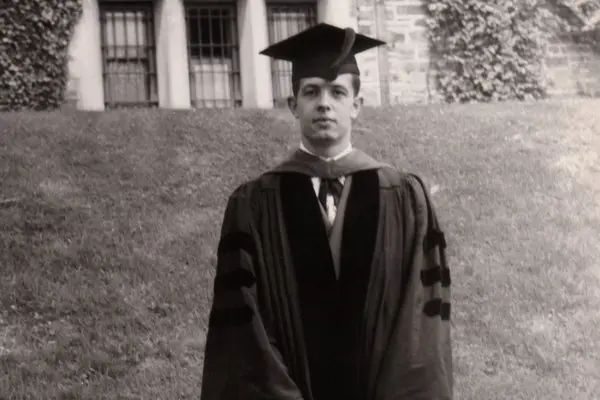
Photo: www.nytimes.com 
Photo: www.nytimes.com -
At Princeton University, where Einstein conducted research and worked, John Nash studied. It was a wonderful setting that introduced Nash to numerous scientists, particularly those working in physics and mathematics. One of the interesting facts about John Nash is that he is known to have not only interacted with Einstein but also spoken with him in-depth about his theories regarding gravity.
John Nash, full name John Forbes Nash, Jr., was an American mathematician who received the 1994 Nobel Prize in Economics for his seminal work on the mathematics of game theory. He was born on June 13, 1928, in Bluefield, West Virginia, and passed away on May 23, 2015, close to Monroe Township, New Jersey. Along with Reinhard Selten and John C. Harsanyi, he received the honor. In recognition of his contributions to the field of partial differential equations, Nash shared the 2015 Abel Prize with Louis Nirenberg.
After moving to the United States in 1940, Einstein began working at Princeton University in New Jersey, where he remained until his passing in 1955. Nash attended Princeton University as well. Nash emphasized that evidence was essential when discussing the connection between arithmetic and justice in more detail. Justice and mathematics both rely on evidence. Is all the proof in place? Yes, there is; if one behaves morally and honestly during both stages, finding the truth is simple. During a discussion with students from Istanbul Bilgi University on July 24, Nash was questioned about the relationship between mathematics and honesty. He responded, "Of course, it is related because mathematics seeks the truth. This is a crucial consideration. Mathematics is truthful.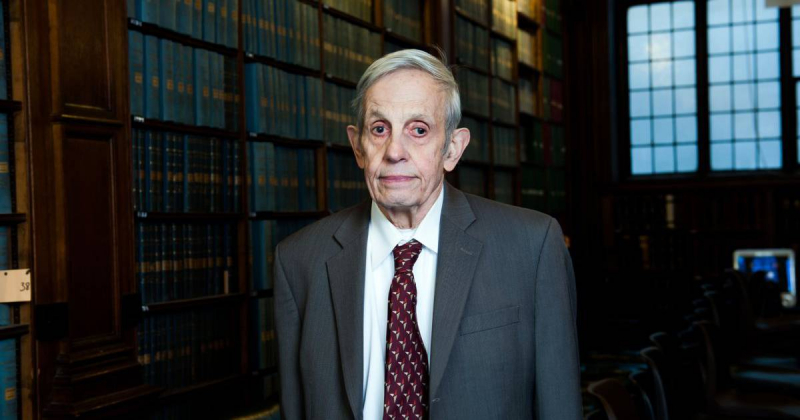
Photo: nydailynews.com 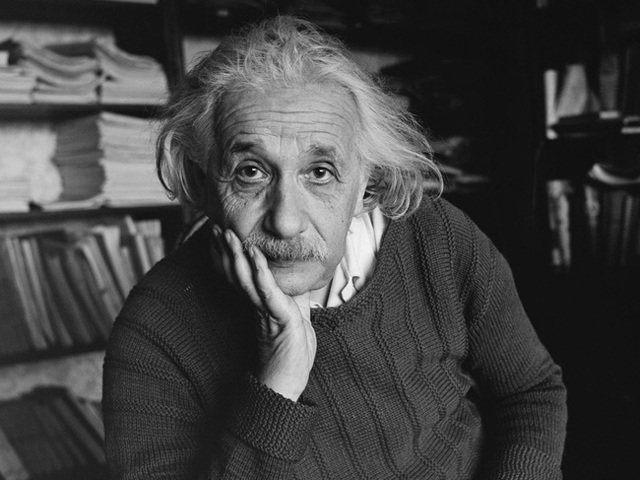
Photo: eva.vn -
One of the best mathematicians of the 20th century was John Nash. After being given a paranoid schizophrenia diagnosis in 1959, Nash went back to work at Princeton. He was well-known by this point and would walk around campus wearing a distinctive pair of red sneakers and writing his calculations on whiteboards. The students who encountered him recognized him and liked him.
After being observed solving math problems in the Princeton hall at all hours, Nash also earned the nickname "Phantom of Fine Hall." Finally, he won the "Most Original" award from his peers.
Christopher Eisgruber, the president of Princeton, said of Nash's significance to the campus community: "John's remarkable achievements inspired generations of mathematicians, economists, and scientists who were influenced by his brilliant, groundbreaking work in game theory, and the story of his life... moved millions... who marveled at [his] courage in the face of daunting challenges."
In the end, one of the more intriguing aspects of Nash's biography is how, during the course of his illness, his concepts quietly gained traction in fields as diverse as geometry and partial differential equations, biology, and economics. Without a doubt, Princeton served as a calming influence during turbulent times, assisting Nash in regaining his bearings. It is assured of this. However, there was obviously reciprocity in the giving. To Nash's credit, the brilliant uniqueness that occasionally made life challenging for him can today be found haunting the whiteboards, lecture notes, and textbooks used to train Princeton's future grads.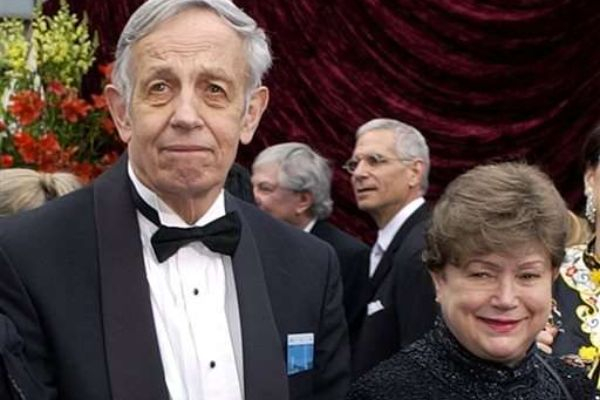
Photo: phys.org 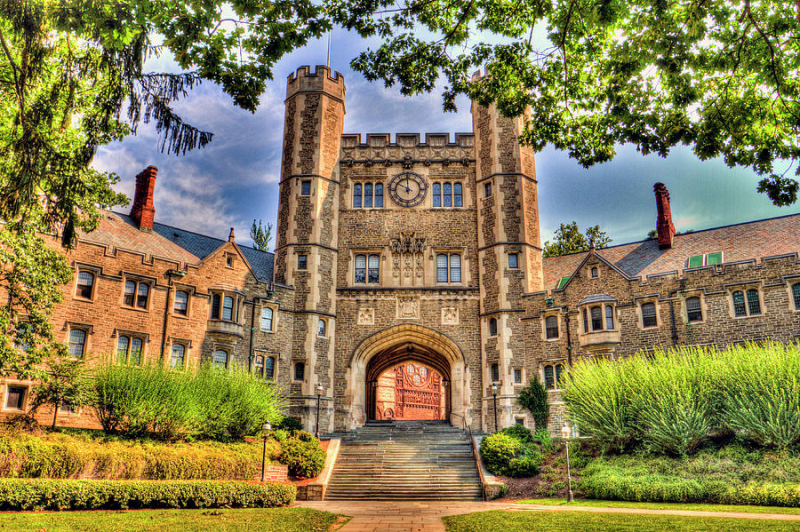
Photo: pixels.com -
If not for his wife, Alicia Larde, the life of John Nash—talented mathematician, troubled schizophrenic, and eventual winner of the Nobel Prize in Economics—might have taken a far harsher turn. The book A Beautiful Mind's author, Sylvia Nasar, thinks Nash's selection of Larde demonstrated that his intelligence went beyond mathematics. She claims that it was genius on Nash's part to pick a lady who would be so crucial to his survival.
As a fresh-faced M.I.T. student enthralled by a famous lecturer, Alicia first came into Nash's life. Alicia can recall her initial encounter with Nash. He was like the fair-haired boy of the math department, she remarked as she entered the room, and I thought he was extremely attractive. He wasn't as eager to notice her, but he did. Later in life, John acknowledged, "She was one of the few girls that caught my eye." This is one of the interesting facts about John Nash.
Alicia was stunningly attractive, feminine, and well-groomed. She wore voluminous skirts and really high heels. She was clever, socially astute, and intellectually keen. Joyce Davis, Alicia's classmate, referred to the college Alicia as "an El Salvadoran princess with a feeling of noblesse obligation," according to author Sylvia Nash.
Advanced Calculus for Engineers was where John and Alicia first met, but they only started dating after Nash ran into Alicia at the university's music library, where she worked. Nasar argues that the two had much more in common than just an attraction because they were both close to their moms, came from homes where intelligence and social standing were valued highly and were both outsiders. These attractions led to the couple's 1957 marriage.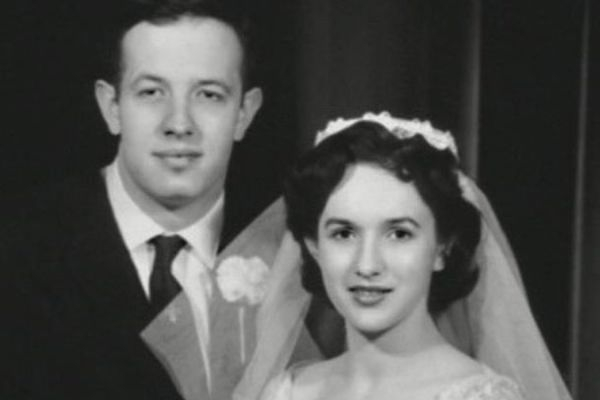
Photo: vietnamnet.vn 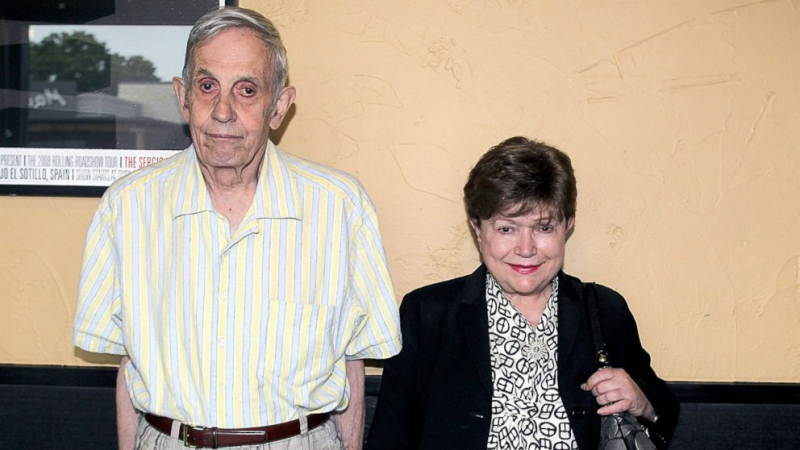
Photo: abcnews.go.com -
In a letter of reference for Nash's admission to Princeton, Nash's advisor and former Carnegie professor Richard Duffin said, "He is a mathematical genius." Harvard University also accepted Nash as a student which is one of the interesting facts about John Nash.
Solomon Lefschetz, the head of Princeton's mathematics department, persuaded Nash that Princeton thought more highly of him by offering him a John S. Kennedy fellowship. Princeton was also more appealing to him because it was close to his relatives in Bluefield. He started developing his equilibrium theory at Princeton, which became known as the Nash equilibrium.
The relationship between Nash and Princeton is well-known and has been extensively covered in popular culture, including in the movie A Beautiful Mind. Harvard University also accepted him, but he chose not to enroll there because Princeton gave him a fellowship as a sign of how much higher they valued him.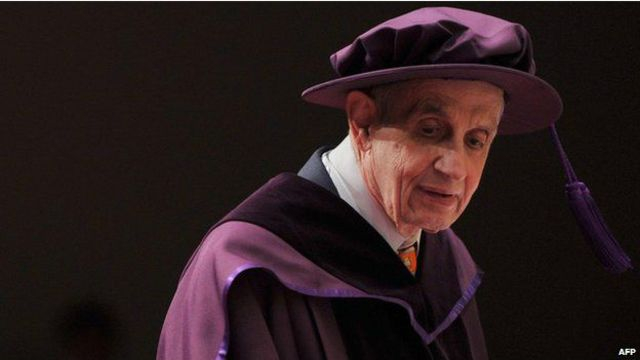
Photo: BBC.com 
Photo: Twitter -
The fact that he received the Nobel Prize for his theory, Nash Equilibrium Theory, is an interesting fact about John Nash. These days, decision-making in business uses this method frequently. The concept of Nash equilibrium was developed by American mathematician John Nash. It is regarded as one of the most crucial ideas in game theory, which seeks to rationally and mathematically decide what steps players in a game should take to get the greatest possible results for themselves.
Nash equilibrium is regarded as a key idea in game theory because of how widely it may be used. From economics to the social sciences, a wide range of fields can use the Nash equilibrium. By disclosing each player's plan to the other players, you can quickly determine the Nash equilibrium or determine whether it even exists. If no one modifies their approach, the Nash equilibrium is established.
A player can obtain the desired outcome by sticking to their initial strategy, according to the Nash equilibrium, a decision-making theorem in game theory. Each player's strategy in the Nash equilibrium is the best one given what the other players have decided. Because everyone receives the result they want, everyone wins. The prisoners' dilemma is a well-known example from game theory that effectively illustrates the impact of the Nash equilibrium. The dominant strategy, which asserts that an actor's chosen strategy will produce the best results out of all potential tactics, independent of the strategy employed by the opponent, is frequently addressed in combination with the Nash equilibrium. The most advantageous course of action is not necessarily taken when the Nash equilibrium exists.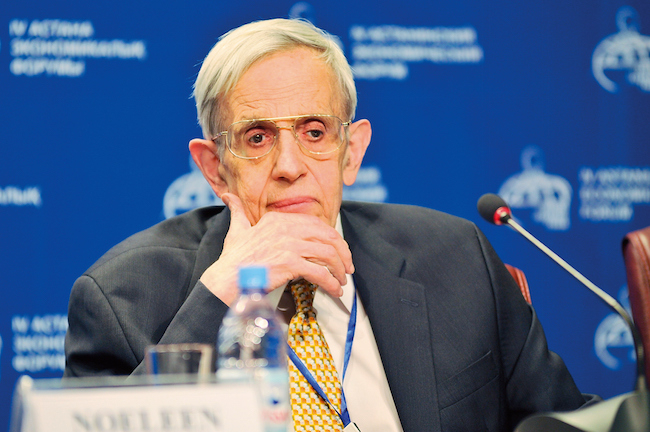
Photo: www.uts.edu.au Video: Investor Trading Academy -
One of the best mathematicians of the 20th century was John Nash. He was also among the most well-known individuals with schizophrenia at the time, according to his biography A Beautiful Mind and the Oscar-winning movie of the same name.
Based on Nash's extremely intricate system of delusions, which were both grandiose and persecuting, the psychiatrists treating him quickly reached the conclusion that he had paranoid schizophrenia. The doctors attempted to assign a cause to his illness based on his prior experiences, as was customary at the time: was it the stress of his job or becoming a father that had sparked it? His psychoanalyst even proposed that it was all the result of latent homosexuality using a Freudian perspective.
Nash entered the psychiatrist's office at a period when schizophrenia therapy was undergoing significant change. However, there was also great hope being placed in a new family of medications called antipsychotics, which, early trials had demonstrated, could help to relieve the hallucinations and delusions experienced by people with paranoid schizophrenia. The old treatments, such as insulin shock, electric shock, and psychoanalysis, were still very popular. Soon after, Nash began taking Thorazine, also known as chlorpromazine, the first of these novels, ground-breaking drugs for the mind.
Nash tolerated the chlorpromazine pretty well, and within a short period of time, he started to clearly improve. After almost 50 days in confinement, he retained a lawyer to file a petition for his release. With the help of his wife and acceptance of the outpatient therapy, he was properly granted permission to return home.
Nash went to the psychiatric hospital again after this, though. Nash's life for the next 20 years or so was marked by frequent hospitalizations interspersed with intervals of varying degrees of mental and physical illness. He frequently lived in a world of his own during this period, one that was foreign to everyone around him but made perfect sense to him, as is so typical with schizophrenia.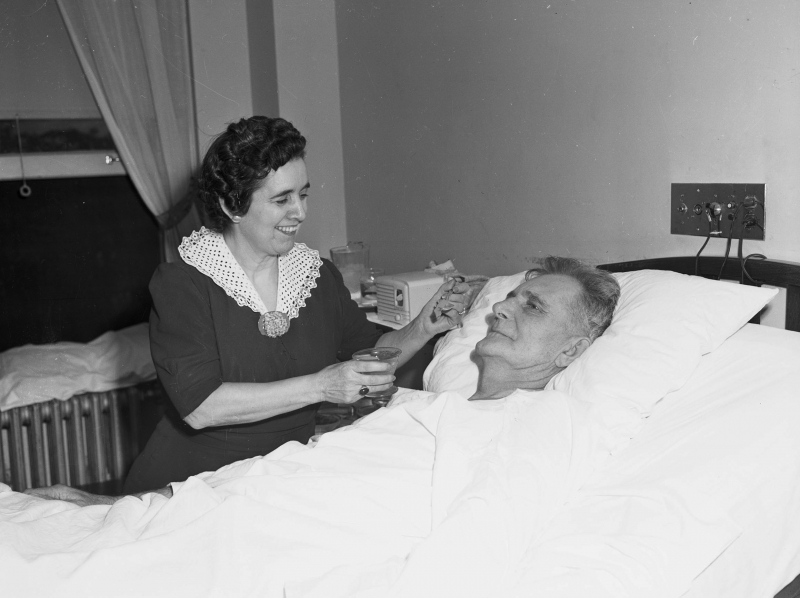
Photo: library.uta.edu Video: infalliblle











